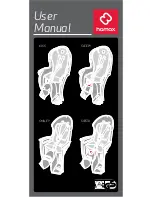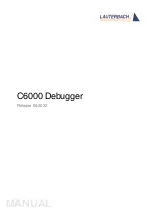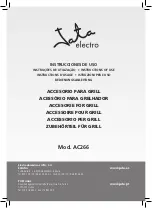
D Y MA X. COM
W I D ECU RE
®
C ONV EY O R U S ER G U I D E
|
5
WARNING!
Looking directly at the UV light emitted by a light-curing conveyor can result in eye injury. To prevent eye
injury, never look directly at the high-intensity light and always wear protective goggles (provided).
CAUTION!
This unit generates ozone during operation. Adequate ventilation should be provided or the unit should
exhaust to outside.
There is a risk of electrical shock if the control cabinet is opened during installation and operation. A certified electrician
should install the proper connections to the system.
The sides of the unit are warm to the touch when the unit is in operation.
Dymax Light-Curing System Safety Considerations
Operators must understand these three concepts to use the light source safely: UV exposure, high-temperature surfaces, ozone,
and bright, visible light. Each is described below.
UV Exposure
Standard Dymax UV light-curing systems and bulbs have been designed to primarily emit UVA light
(Figure 1). UVA light is
generally considered the safest of the three UV ranges: UVA, UVB, and UVC. Although OSHA does not currently regulate
ultraviolet light exposure in the workplace, the American Conference of Governmental Industrial Hygienists (ACGIH) does
recommend Threshold Limit Values (TLV
s) for ultraviolet light.
The strictest interpretation of the TLV (over the UVA range) for workers’ eyes and skin
is 1 mW/cm
2
(intensity), continuous
exposure. Unless workers are placing bare hands into the curing area, it is unusual to exceed these limits. To put 1 mW/cm
2
limit
into perspective, cloudless summer days in Connecticut regularly exceed
3 mW/cm
2
of UVA light and also include the more dangerous UVB light (primarily responsible for sun tans, sun burns, and skin
cancer) as well.
Figure 1. Light Spectrum






































